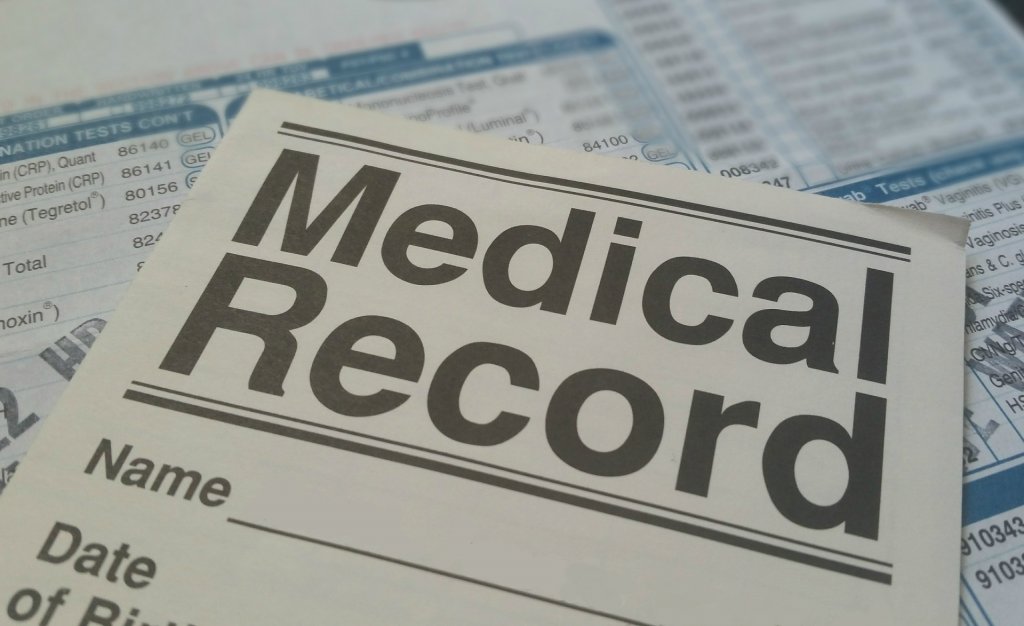Etiology is Important
From the Labs to the Clinics
Renowned auditory researcher Dr. Robert Harrison brings us up to date on information and research from the Labs. Appropriately titled “From the Labs to the Clinics”, Bob is involved in laboratory and applied/clinical research, including evoked potential and otoacoustic emission studies and behavioural studies of speech and language development in children with cochlear implants. For a little insight into Bob’s interests outside the lab and the clinic, we invite you to climb aboard Bob’s Garden Railway.

To some, my column for this issue of Canadian Audiologist may seem provocative. I hope so! Read on. I have seen many versions of audiometric assessment forms. They come in many languages, from different countries, from industry, from academic health care institutions, from private clinics. Some are rather plain and functional, others can be quite beautiful and in colour. Some are online, which provides additional artistic license in design. There is obviously a reporting of the standard measures, such as threshold audiogram under various conditions, speech data, tympanometry, etc. On a single form there is a limit to how much can be reported and it may need to be amended for special test outcomes such as otoacoustic emission and ABR testing data.
Very often this single assessment form becomes the “essential document” to describe the hearing status of a patient (client?) and is often the only one sent or scrutinized in any referral process. Important to this form is the section for “comments” or “remarks”. This is where the experience of an audiologist can interpret all test results, consider patient history etc. and offer advice or suggestions for next steps. On a few assessment forms (mainly used in academic centres) I have seen a structured comment section, where specific topics have to be filled in. Even here there is one item that is conspicuously missing from the form and that I believe we should pay more attention to. That is etiology.
Being involved in candidacy discussions in a pediatric cochlear implant program I am always asking about etiology. Understanding the cause of a hearing loss can be as useful for intervention planning and prognosis as knowing the current audiometric status. We are learning more and more about causes. It used to be that “congenital hearing loss” was synonymous with “unknown origin.” Today we know about genetic causes (e.g., connexin, otoferlin) effects of in utero environment (e.g., viral infection, hypoxia, ototoxicity, NICU stay) developmental disorders, anatomical anomalies, syndromic conditions, etc. We are also learning that depending on the specific etiology, the underlying lesion, for example in a “severe” congenital hearing loss can involve very different degrees of pathology. A genetic mutation may interfere or halt the early development of the cochlea together with peripheral and central neuronal connections. On the other hand, a late trimester viral insult may just damage cochlear haircells but leave central neural connections intact. Yet another cause, chronic cochlear hypoxia, my result in a completely different pattern of neural degeneration and result in ANSD. The choice of intervention, habilitation strategy and general prognosis in these cases is very different. Knowledge of etiology is important.
Of course, genetic tests, CT/MR scans, and virus screening are not done by audiologists. Some would say, well, those are medical tests and their documentation is not the responsibility of the audiologist. I would say no. If these test results are available they should be translated onto the audiometric assessment form, and not buried on pieces of paper elsewhere in the file. An audiologist is not a technician to perform hearing tests. The role of the audiologist is to make a global and comprehensive assessment of auditory dysfunction, taking into consideration all the data available. When an audiologist tests a patient and finds a hearing loss, one of the first questions to be asked is “What are the causal factors?” I know that even with limited information an experienced audiologist can make “an informed guess.” I would like to see that valuable opinion, however speculative, next to the audiogram in a special box marked “etiology”.
I know that there are some situations and jurisdictions where overt declaration of etiology can be viewed as problematic. For example, drug ototoxicity in medico-legal cases, or workers’ compensation board claims relating to noise-induced hearing loss. Indeed, on more than one occasion I have witnessed the reluctance of a hearing healthcare professional to declare in writing a totally obvious case of aminoglycoside overdose. These are stories for future columns.
I just would like to urge all Canadian audiologists to look beyond their own test results, search out other assessments that relate to etiology (and recommend further tests if necessary). I would like to see a box on the audiometric evaluation form labelled “etiology.”

